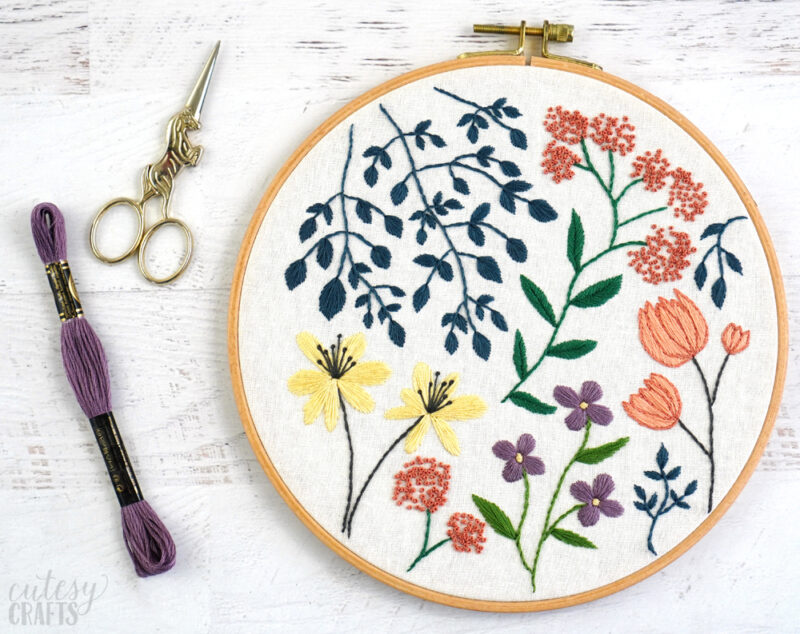Embroidery and patterns have been used throughout history to convey messages, tell stories, and even serve as a means of hiding or encoding information. This article explores how embroidery and patterns can be used for concealment, both in historical contexts and contemporary applications.
Historical Context Of Hidden Embroidery
Embroidery has long been more than just decorative. In many cultures, it served as a means of communication. For example, during times of war or political unrest, people often used embroidery to encode secret messages. A famous example is the Bayeux Tapestry, which, while primarily a visual record of the Norman Conquest, also contains subtle clues about the social and political tensions of the time.
In some cultures, women would embroider messages into clothing as a way to pass on important information discreetly. These messages could range from warnings about potential threats to instructions for escaping dangerous situations. The patterns and stitches chosen were often specific to certain communities, making them easily recognizable to insiders while remaining obscure to outsiders.
Patterns As Codes
Patterns in textiles have been used as codes for centuries. For example, during the Underground Railroad in the United States, certain quilt patterns were used to signal safe houses and routes to freedom. The “log cabin” quilt pattern, for instance, was believed to indicate a safe house, while the “wagon wheel” pattern might suggest a location where escapees could find transportation.
These patterns were simple enough to be incorporated into everyday items like quilts or clothing but held significant meaning for those who knew how to interpret them. This method of using patterns as codes ensured that vital information could be disseminated without arousing suspicion.
Modern Applications of Hidden Embroidery and Patterns
In contemporary times, the art of hiding messages in embroidery and patterns has not been lost. Artists and designers continue to explore these techniques, often using them to make political statements or address social issues.
For example, some modern artists use embroidery to comment on gender roles and expectations. By incorporating hidden messages into their work, they can subtly challenge societal norms and provoke thought. These messages might be concealed within the intricate details of a piece, visible only to those who take the time to look closely.
Fashion designers also use hidden embroidery and patterns to create unique pieces that tell a story. This might involve embroidering a garment with a personal narrative or incorporating patterns that reference historical events. The result is clothing that is not only aesthetically pleasing but also rich with meaning.
Practical Uses of Hidden Embroidery
Hidden embroidery and patterns are not just for art and fashion. They can also serve practical purposes. For example, some people use embroidery to mark their belongings discreetly. By adding a small, unique stitch to a piece of clothing or accessory, they can easily identify their items without the need for conspicuous labels.
In security, hidden embroidery can be used to create tamper-evident seals. By incorporating a unique pattern or stitch, it becomes clear if an item has been opened or altered. This technique is used in various industries to ensure the integrity of products and documents.
Conclusion
Embroidery and patterns have a rich history of being used for concealment and communication. From historical messages encoded in textiles to modern artistic statements, these techniques continue to evolve and find new applications. Whether for practical purposes or creative expression, the art of hiding in plain sight remains a fascinating aspect of embroidery and pattern design.
Stay In touch with us for more updates and alerts! Ventsfashion.com

